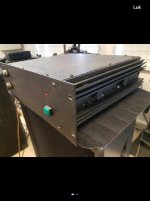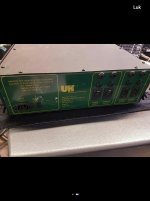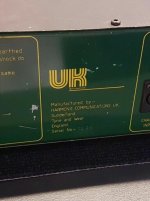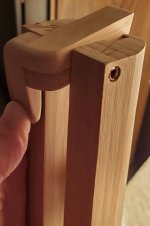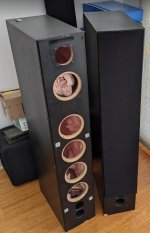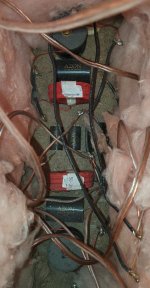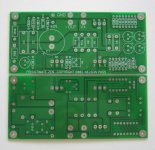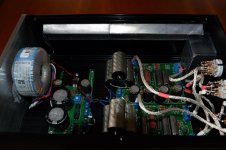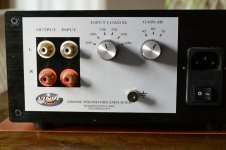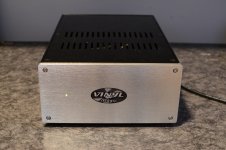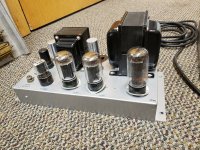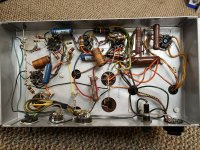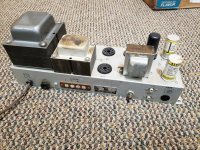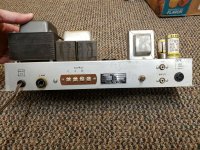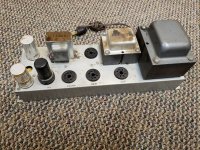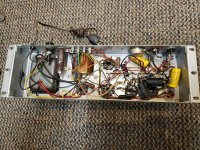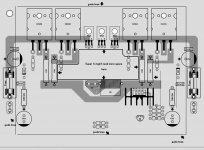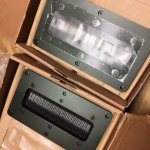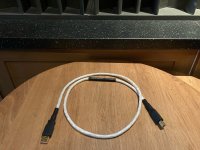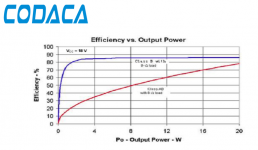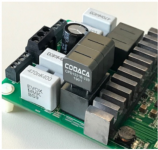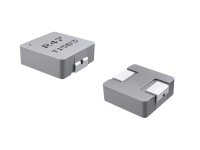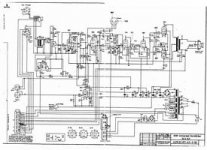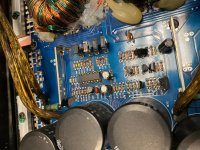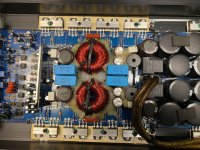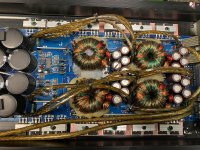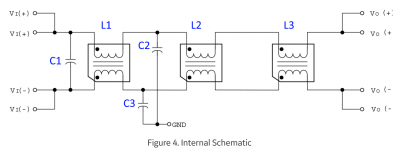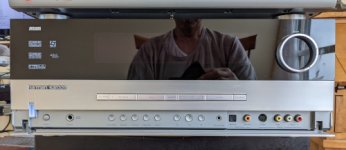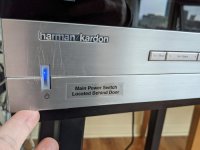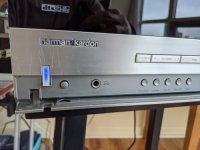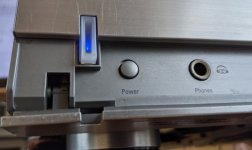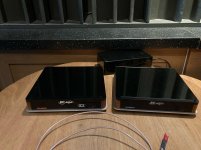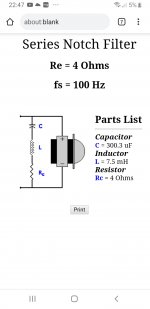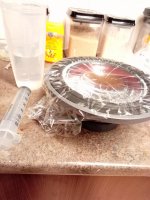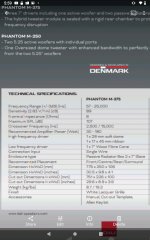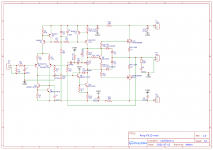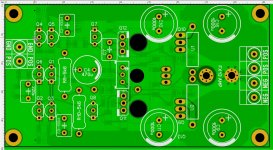The working principle of Class D power amplifier:
the analog signal waveform at the input terminal and the triangle wave of the triangular pulse signal generator are mixed through the comparator, and the PWM pulse width modulation technology is used to modulate the pulse width modulation waveform with unequal width, and then the modified output is output to the field effect amplifier. The tube performs high-power voltage and current amplification, and the amplified high-frequency digital signal passes through a high-quality low-loss low-pass filter to filter out the useless high-frequency digital wave, and finally restores the audio power signal, thereby driving the speaker to complete the conversion of electrical energy into Sound energy work.
The working principle of Class D inductor:
Inductors are mainly used in the circuit to store energy, filter, oscillate, delay, trap, filter signals, filter noise, stabilize current, and suppress electromagnetic interference.
How to select the right inductor in Class D circuit , for example :
customer sent a schematic diagram of a digital power amplifier, which requires 22uh,2A, power is 25W*4.
Consider from the information already known, what are the inductance 22uh, current 2A, 25W, *4, and what's the qualified inductor?
Considering that the power of the power amplifier is not large, the ones that meet the conditions in the impression are selected, SPQ, SPRH, one-piece molding, CSD, CPD, CPE, and these series can be done. From the consideration of cost performance, the CPD and CPE series are screened out. It is a big cow pulling a trolley. In terms of quality priority, the SPQ series screen is removed, and then the CSD screen is removed from the consideration of cost performance. Finally, SPRH is left, and two series are integrated. From the quality and durability, the company’s main recommendation is to select and recommend the use of integrated inductors. , The customer output current is 2A, then the recommended rated current needs to be greater than 2*1.3A=2.6A, and the qualified inductors are CSAB0740-220M, 2.8A,CSAB1040-220M,5A
Customer does not limitation of the size, so It is recommended to choose CSAB1040-220M with a large margin of electrical parameters.
Busk/boost: 1. Suitable for the application frequency of the magnetic core material.
2. The overcurrent of the inductor is 1.3 times greater than the peak current.
3. The overvoltage of the inductor is lower than DC48V.
Half-bridge/full-bridge/PFC inductors:
1. Suitable for the application frequency of the magnetic core material.
2. The overcurrent of the inductor is 1.3 times greater than the peak current.
3. The overvoltage of the inductor is higher than DC300V.
Comparison of magnetic loss of various magnetic materials:
1. Iron powder core 800mw/100K
2. Nickel iron 260mw/100K
3. Mn-Zn 230mw/100K
4. Sendust 200mw/100K
5.Iron-nickel-molybdenum 120mw/100K
https://codaca.com/en/search2.html?m=home&c=Search&a=lists2&keywords=CSAB1040&lang=en#pos
